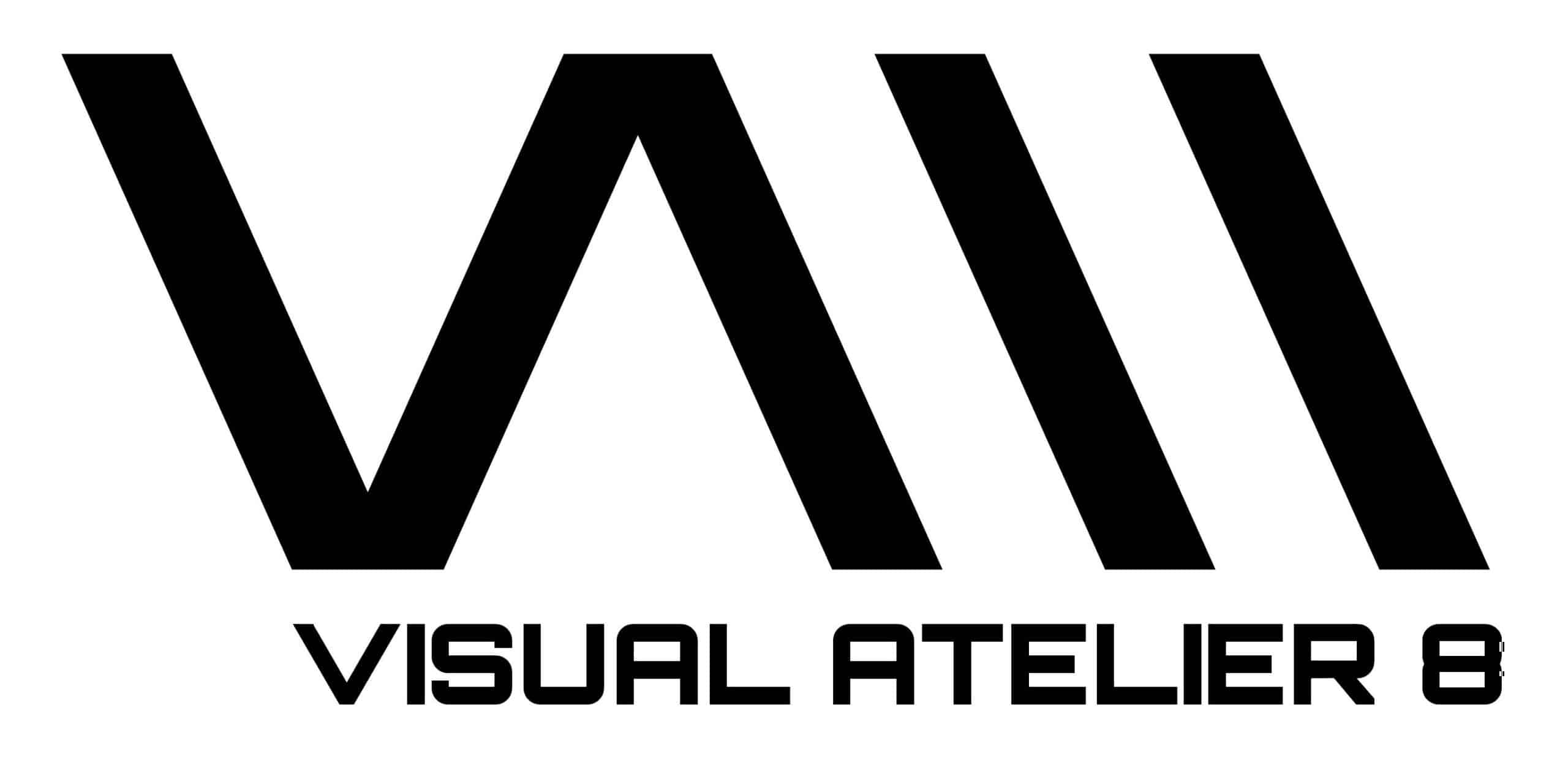
Please tell us what you would tell your younger self at this very moment if you had a chance to speak with him?
“Life is going to be filled with shadows for you, darker than you might think you can handle. You’ll face losses and betrayals that feel like they could break you. But listen, through every bit of that darkness, you’re going to find streaks of light. Your pain and your resilience is going to turn into the most honest art you could ever make. So keep going. Keep feeling, keep expressing, because one day, all these fragments are going to make sense. You’ll turn them into something powerful, something that speaks when words can’t. Trust me, you’ll make it, and your art will help heal you and others.”
What got you interested in this particular medium of art? Were there any influences you had early on in your life/career?
I gravitated towards digital art during my Communications and New Media studies in university, intrigued by its limitless expression. It aligned with my explorative nature, allowing me to push boundaries beyond traditional art forms. Significantly, the confessional art of Tracey Emin and Louise Bourgeois deeply influenced me. Their raw, intimate approach resonated with my own desire for authentic expression. They showed me how art could be a powerful tool for personal storytelling, laying bare the complexities of human emotion. This blend of digital possibilities and confessional art’s authenticity shaped my artistic voice.
What are your thoughts on color use? Do you find yourself gravitating toward a specific color palette?
Colour interacts with our subconscious, offering a space for our innermost thoughts and emotions to mingle. In my latest series, I often embrace a palette of subdued blues; they’re not merely shades but channels to the quieter realms of the mind. This choice of colour speaks to the complexities of trauma—the deep blues reflecting both the tranquillity and turbulence within. It’s an invitation to explore the undulating depths of my experiences, in a space where healing and hurt are allowed to intertwine.
How do you typically approach your artistic process when conveying emotions? Do you tend to plan them out or allow them to flow naturally?
When it comes to my artistic process, I lean in heavily into the spontaneity of my emotions. I believe that true art is born from authenticity, and for me, that means letting my feelings guide the work. There are days when a confession prompts me to create. I start with these truths and let the visuals form around them. Other times, it’s the artwork that comes first, which later finds its voice in words.
Planning too meticulously can sometimes stifle the spontaneity that my art requires. If I map everything out too rigidly, I risk losing the heart of the piece I’m striving to capture. So, I find this balance, allowing my current state, be it turmoil or peace, to steer the creation. And if I don’t feel any strong emotions for the day, I don’t force myself to create anything.
Explain a bit about how your style of art has evolved over time. Do you feel attached or anchored to a specific aesthetic? How do you think you will create in the future?
My style has definitely evolved. It’s gone deeper, getting at the feelings and thoughts we don’t always talk about. I’m not tied down to one look; I like to experiment, especially with new technologies that can push my art further. As for the future, I’ll keep exploring and trying out new tools and techniques. But no matter what I use to create, the heart of my work will always be about sharing honest stories and real feelings. That’s what my art is about, and that’s what it’ll always be about.
Can you tell us about a specific artwork or project that you feel most emotionally connected to? What were the emotions that inspired it and how did you translate those into the art?
The series I’m working on now, “Intimate Shadows,” means a lot to me. It’s about what I feel deep down, the stuff we don’t usually show others. I’ve felt a mix of emotions—sometimes loneliness, sometimes an abundance of love, or grappling with attachment and trust issues, while also clinging to hope. I represent these emotions through shadowy figures.
These shadows act as my silent companions; they are facets of me that whisper secrets in the darkness. Yet, they can be double-edged—offering comfort one moment and sharp pain the next. That’s the heart of this series—finding the good in our struggles with the shadows, learning from them, and getting to a place where we’re okay with them being a part of us.
Tell us about the significance of instilling change through art? How would you describe your journey has been in seeing some of this change come to fruition?
I never expected my art, which began as a personal exploration of my own mental health journey, to encourage others to open up about their struggles. It started with me sharing my stories, and then, to my surprise, people began to connect with my art and find their own courage to tell their stories. It’s been an incredible part of my journey, watching how sharing my experiences can help break down the stigma of mental health. This has shown me that art doesn’t just reflect change; it creates it. And seeing this change come to life, where people feel more comfortable talking about mental health because of my work, has been deeply fulfilling.
In your opinion, does the successful communication of emotions in art require viewers to interpret or perceive the art in a specific way? Or is it possible for each individual to experience and connect with art differently?
In my view, art doesn’t demand a specific interpretation to successfully communicate emotions. Part of its beauty lies in its openness to different experiences and connections. I create with the intent to evoke emotions, to share a piece of my world, but once my work is out there, it becomes a mirror for each viewer’s own feelings and stories.
I aim to make my art relatable, keeping the imagery simple and open enough, like the genderless figures I often use. These figures are like blank canvases themselves, allowing anyone, regardless of their background, to see a part of themselves in the art. This openness invites a personal dialogue between the artwork and the viewer, making the experience of connecting with art as varied as we are as individuals.

The Next Most Famous Artist: www.thenextmostfamousartist.com

